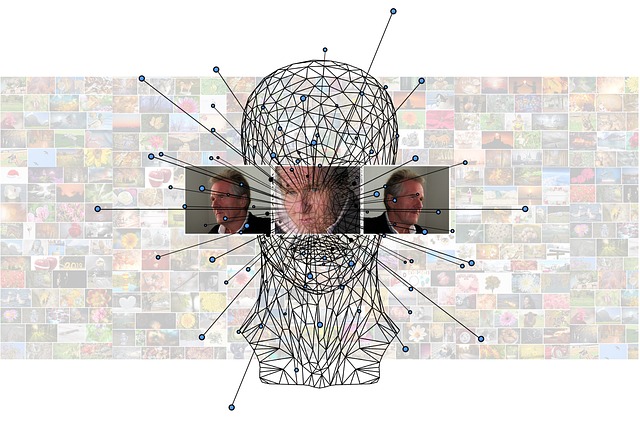Mastering the Art of Discrete Event Modeling: A Deep Dive into Algorithms
In the realm of Algoritmus, the modeling of discrete events stands as a critical technique that transforms complex systems into manageable, analyzable constructs. Whether you’re dealing with network traffic, manufacturing processes, or simulation of queues, understanding discrete event modeling can elevate your ability to design and optimize systems with precision and foresight.
What is Discrete Event Modeling?
At its core, discrete event modeling is a method for representing systems where changes occur at distinct points in time. Unlike continuous systems that flow seamlessly, discrete event models jump from one state to another triggered by events such as arrivals, departures, failures, or repairs. These models enable practitioners to capture the behavior of systems where timing and sequence of events are pivotal.
Why Algorithms Are Essential in Discrete Event Modeling
When diving into modeling of discrete events, algorithms form the backbone of efficient simulations and analysis. They organize event queues, manage system states, and determine the flow of events that unfold over simulated time. Key algorithms include:
- Event Scheduling Algorithm: Maintains an event list ordered by event times and selects events sequentially to progress simulation time.
- Next Event Time Progression: Advances the clock to the time of the next imminent event, ensuring events are processed chronologically.
- State Update Mechanisms: Algorithms that adjust the state variables of the system when events occur, capturing dynamics accurately.
Mastering these algorithms allows you not only to develop robust simulations but also to uncover insights about system bottlenecks, response times, and resource utilizations that might otherwise remain hidden.
Challenges and Solutions in Modeling of Discrete Events
Modeling discrete events isn’t without its hurdles. Complex systems often lead to enormous event queues, making computation expensive. Additionally, maintaining synchronization and handling simultaneous events can challenge even seasoned algorithm designers.
Addressing these challenges requires:
- Efficient Data Structures: Using priority queues or heaps to manage event lists efficiently.
- Parallel Algorithms: Leveraging concurrency to handle large-scale simulations and reduce runtime.
- Event Aggregation: Combining related events to simplify processing and reduce overhead.
Applying Discrete Event Modeling in Real-World Systems
For practitioners passionate about Algoritmus, applying discrete event modeling fuels innovation across domains. In telecommunications, it underpins network protocol testing and traffic analysis. In supply chain logistics, it aids inventory and process optimization. Even gaming industries utilize these models for realistic event-driven simulations.
By embracing the algorithms that drive discrete event modeling, you equip yourself to build comprehensive models that mimic real-world intricacies and provide actionable insights.




